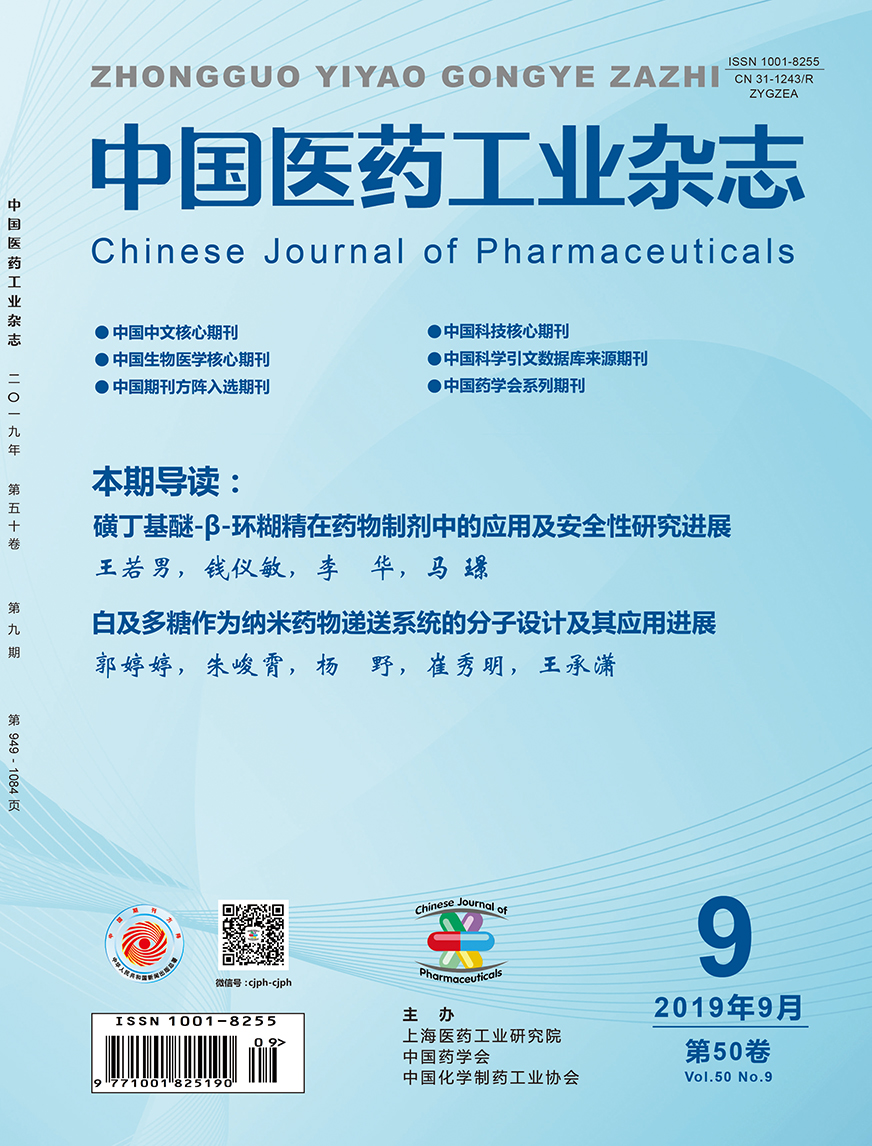Paper
WU Qiong1, SONG Lili2
An UPLC method was established for the determination of the following related substances: Cyclo- (Ala-Glu)(2), Cyclo-(Ala-Gln)(3), Py-Ala-OH(4), L-Pyroglutamic Acid(5), D-Alanyl-L-Glutamine(6), Ala-Gln(7), L-Alanine(8), L-Glutamine(9) and Ala-Ala-Glu(10) in alanyl glutamine(1). An Inertsil amide column was used, with the mobile phase of acetonitrile-0.05 mol/L potassium dihydrogen phosphate buffer(previously adjusted to pH 4.5 with phosphoric acid)(72∶28) at the detection wavelength of 205 nm. It was linear for 1-10 in the range of 0.20-2.00, 0.50- 5.00, 0.02-0.20, 0.25-2.50, 0.30-3.00, 0.10-1.00, 0.40-4.00, 0.10-1.00, 0.05-0.50 and 0.10-1.00 μg/ml(r>0.999). The average recoveries of 2-10 were 99.5%, 97.3%, 98.1%, 97.9%, 98.8%, 97.7%, 96.8%, 96.5% and 97.7%, with RSDs of 2.30%, 2.47%, 2.01%, 2.13%, 1.92%, 1.83%, 2.27%, 2.63% and 2.23%, respectively. The detection limit of 2-10 were 0.01, 0.005, 0.02, 0.01, 0.01, 0.02, 0.02, 0.01 and 0.01 μg/ml, and the quantitation limit were 0.03, 0.015, 0.06, 0.03, 0.03, 0.06, 0.06, 0.03 and 0.03 μg/ml. The method is accurate, reliable, reproducible, and suitable for the simultaneous determination of nine related substances in alanyl glutamine, which provides a reliable method for the quality control of alanyl glutamine.
